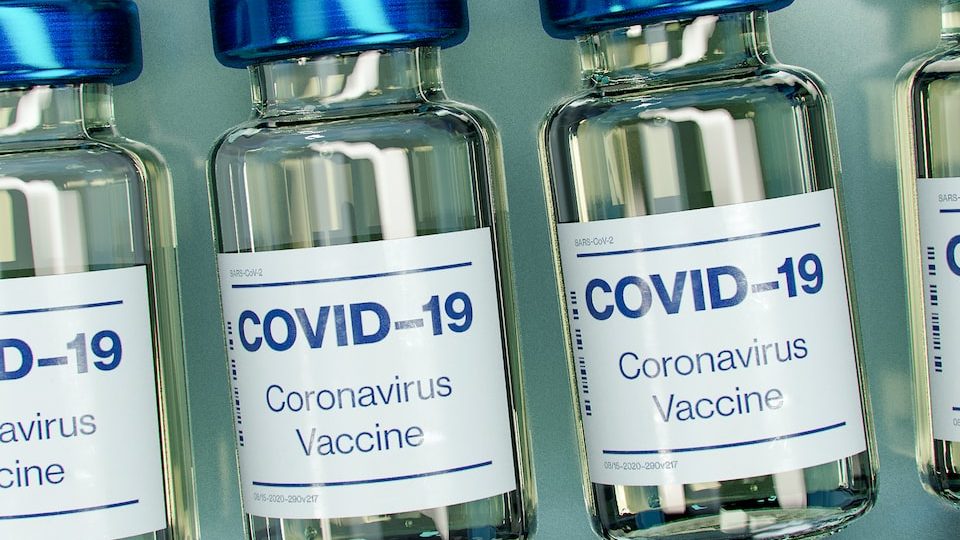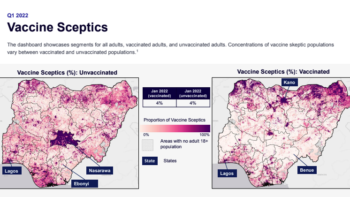It’s so easy to think “vaccine-derived” means that people contract polio from the vaccine itself.


It’s so easy to think “vaccine-derived” means that people contract polio from the vaccine itself.

In this review article, examples of hesitancy regarding the measles–mumps–rubella (MMR), human papillomavirus (HPV), and COVID-19 vaccines are used to explore the multifaceted issues that fuel vaccine hesitancy. Each of these examples is part of a larger, more complex story.

Johnson & Johnson Global Public Health has worked with Fraym to create a series of geospatial mapping reports aimed at improving hyper-local understanding of vaccine hesitancy across sub-saharan Africa.

Prof Hannah Fry meets seven unvaccinated people to investigate why around four million adults remain unvaccinated against Covid-19, and to find out…

This briefing provides an overview of a roundtable discussion held by the VCP, Africa CDC and on the ground partners in…

Japan has one of the highest vaccine hesitancy rates in the world. However, few studies have assessed how mobile messenger apps affect COVID-19 vaccine hesitancy. This study used a cross-sectional survey to assess the impact of text messages from Corowa-kun – a free chatbot – on COVID-19 vaccine hesitancy amongst users.

As founding director of The Vaccine Confidence Project, Professor Heidi Larson knows a few things about building…

There’s been a worrying decline in diphtheria, polio and measles jabs. We should heed the lessons of COVID-19.

The rise of alternative health practices and a quest for purity can partly explain the falling confidence in…

Overview The Vaccine Confidence Project and its partners aimed to improve COVID-19 vaccine confidence…

Professor Heidi J. Larson joins Pandemic Planet to discuss how national security threats associated with low confidence in vaccines have changed in the wake of the Covid-19 pandemic.

In this journal article, we draw findings and insights from the VCP’s decade-long monitoring of media and social media and its related research efforts.